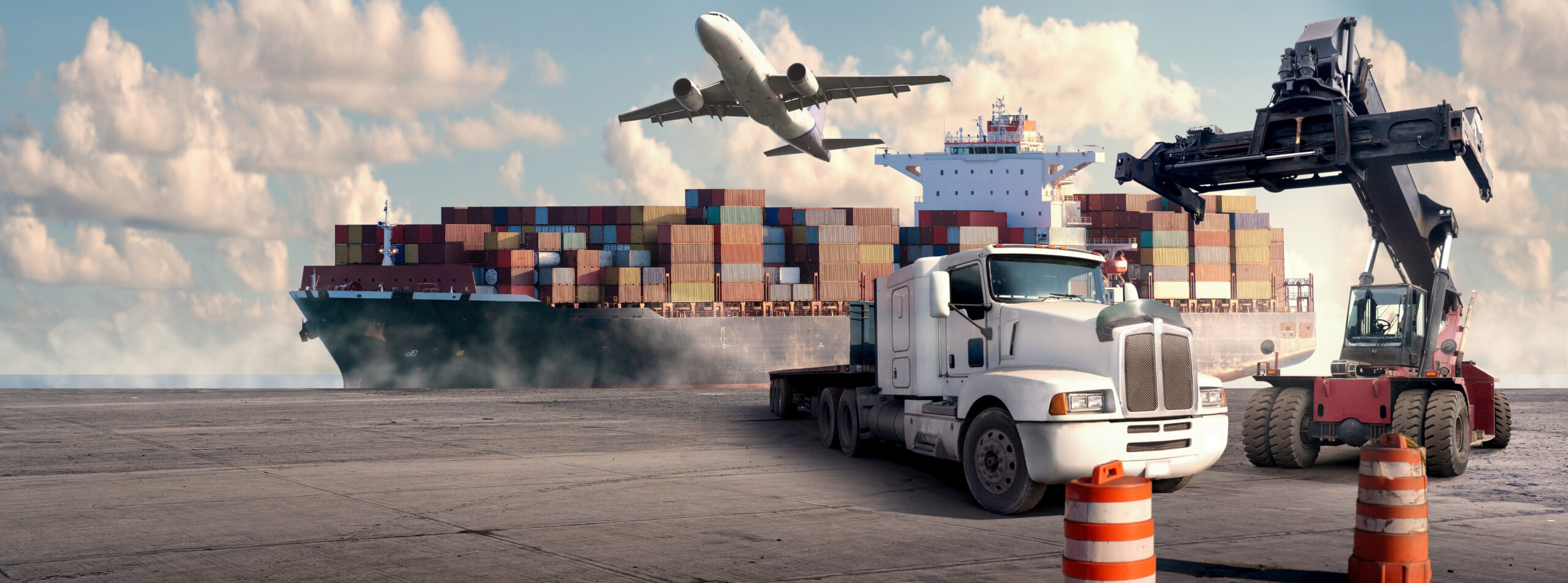Total Project Cost
Investment Required
Stakeholders
Countries
Project Overview
Description
Construction of a bridge over the Oubangui River to connect the Democratic Republic of Congo (DRC) and the Central African Republic (CAR), including development of missing links in the Bangui-Kisangani-Kampala and Kisangani-Bujumbura road corridors, and implementation of transport and trade facilitation measures.
Objectives
Establish a permanent river crossing between CAR and DRC to replace current ferry operations; improve regional connectivity along the Bangui-Kisangani-Kampala and Kisangani-Bujumbura corridors; reduce transit times and transportation costs for cross-border trade; improve reliability of transport connections that are currently disrupted during rainy seasons; enhance regional integration within the ECCAS region; facilitate trade through improved border crossing procedures.
Strategic Importance
This bridge project represents a critical missing link in Central Africa's regional transport network, connecting countries that have historically suffered from poor infrastructure and political instability. By establishing a permanent crossing over the Oubangui River, the project will significantly enhance regional connectivity and trade potential in one of Africa's most challenging regions. The project further supports post-conflict reconstruction efforts in both CAR and DRC.
Technical Specifications
Technology & Design
The project will employ bridge design appropriate for the specific conditions of the Oubangui River, with consideration for water level variations and vessel navigation requirements. Key design elements include flood resilience, limited maintenance requirements appropriate for the context, and security features.
Capacity & Size
Bridge length approximately 800 meters with 2-lane carriageway; design capacity for 500 vehicles daily; approach roads totaling 15 km; border crossing facilities with capacity for 1,000 people and 300 vehicles daily
Technical Details
Two-lane bridge with pedestrian walkways; 800m main structure; approach roads totaling 15 km; modern border crossing facilities; water level monitoring systems; lighting and security systems; maintenance facilities and equipment
Development, Implementation & Financial Details
Development Timeline
Pre-feasibility studies (2024-2025); Detailed feasibility and design studies (2025-2027); Financing arrangements (2027-2028); Implementation (2028-2032)
Latest Implementation Updates
UPDATED2025-07-07 — Bankable.Africa: AfDB confirms preparatory work advancing; financing agreement for the Bangui–Zongo bridge targeted for 2026 signature (studies ongoing). [https://bankable.africa/en/news/0707-1405-financing-agreement-for-zongo-bangui-bridge-set-for-2026-afdb-confirms]
Financing Structure
The project will be financed primarily through development partner grants and concessional loans due to the fragile context, with: multilateral development bank financing (AfDB, World Bank); bilateral development finance institutions; humanitarian-development-peace nexus funding mechanisms; and limited government contributions from participating countries.
Capital Structure
Given the fragile context and limited commercial viability, public financing will cover approximately 95% of costs, with potential for 5% private participation in operation and maintenance through performance-based contracts.
Project Timeline
Start Date
January 2024
Expected Completion
December 2032
Development Timeline
Pre-feasibility studies (2024-2025); Detailed feasibility and design studies (2025-2027); Financing arrangements (2027-2028); Implementation (2028-2032)
Project Status History
Status 2020
Project Definition
Status 2022
Pre-Feasibility
Status 2024
Pre-Feasibility
Additional Project Details
Preparation Funding Gap
USD 8.50M
Construction Timeline
Bridge construction: 2028-2031; Approach roads and border facilities: 2029-2032; Missing corridor links: 2030-2032
Legal & Financial Advisors
CPCS Transcom providing technical advisory services; legal and financial advisory services pending appointment
Market Analysis
Market Analysis
The Oubangui River currently represents a major barrier to regional trade and mobility, with unreliable ferry services causing delays of 1-3 days during normal conditions and complete service disruptions during high water periods. Trade volumes are currently constrained by this bottleneck, with potential for significant growth if reliable crossing is established.
Market Demand
Current river crossing demand is approximately 150 vehicles daily with severe capacity constraints from ferry operations. Projections indicate potential growth to 400-500 vehicles daily by 2035 with a permanent bridge connection. The corridors will serve approximately 2 million people in the direct influence areas in CAR and DRC.
Key Stakeholders
Project Sponsor
ECCAS Secretariat with national implementation units in DRC and CAR
Key Parties
Ministry of Transport and Civil Aviation (CAR), Ministry of Infrastructure and Public Works (DRC), ECCAS Secretariat, African Union PIDA Coordination
Investors
African Development Bank, World Bank, European Union, AUDA-NEPAD
Contractors & Operators
To be determined through international competitive bidding following project structuring and financing
Risk Assessment
General Risk Assessment
Critical risks include: security challenges in both countries; technical implementation in remote location with limited infrastructure; cross-border coordination complexities; procurement challenges in fragile contexts; and environmental concerns related to the river ecosystem.
Regulatory Risks
Requires harmonization of border crossing procedures, vehicle standards, and security protocols between two countries with governance challenges. Key regulatory risks include inconsistent implementation of agreed procedures and potential for informal barriers to trade to persist despite physical infrastructure improvements.
Impact Assessment
Environmental Impact
The project will require comprehensive Environmental and Social Impact Assessment. Key environmental considerations include impacts on the Oubangui River ecosystem during construction, management of construction materials in remote location, potential deforestation along corridor improvements, and climate resilience of the structure.
Social Impact
The bridge is expected to generate approximately 1,000 direct jobs during construction and 150 permanent jobs during operation. Beyond employment, critical social benefits include improved market access for rural communities, enhanced access to services (health, education) across the border, reduced isolation for communities.
Investment Opportunities
Private Sector Opportunities
Limited private sector opportunities due to fragile context, but potential exists in: performance-based maintenance contracts; border facility operations; logistics services near bridge approaches; and construction subcontracting with appropriate risk management frameworks.
Next Steps & Agreements
Next Steps
Complete comprehensive pre-feasibility studies; secure technical assistance funding for detailed feasibility studies; establish cross-country coordination mechanism; initiate stakeholder consultations and environmental/social impact assessments; develop security management framework
Offtake Agreements
Bilateral agreement between CAR and DRC establishing shared maintenance responsibilities, security arrangements, and border crossing procedures. Given the fragile context, specific provisions for operational continuity during periods of instability will be incorporated.
Contact Information
Mr. Jean-Pierre Muhongya, Director of Infrastructure, Ministry of Infrastructure (DRC), Email: infrastructure@mininfra.cd; Mr. Anicet Seraphin, Director General, Ministry of Transport (CAR), Email: mintransport@gov.cf
